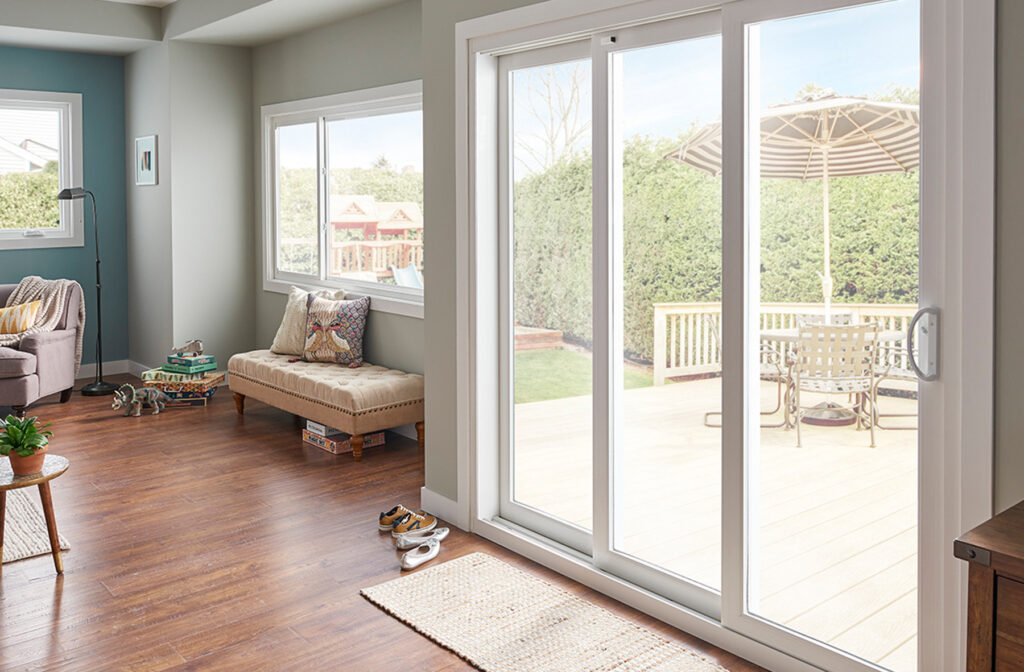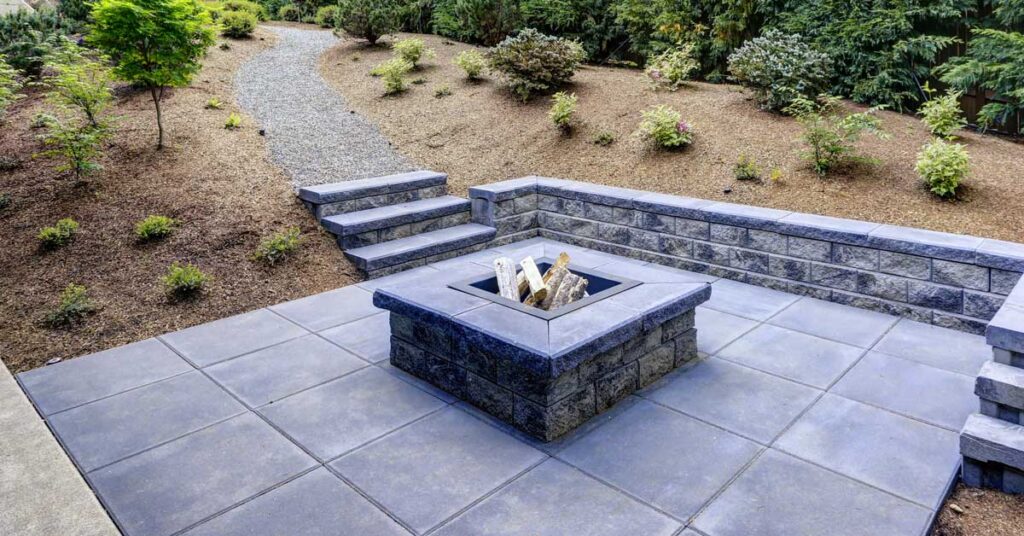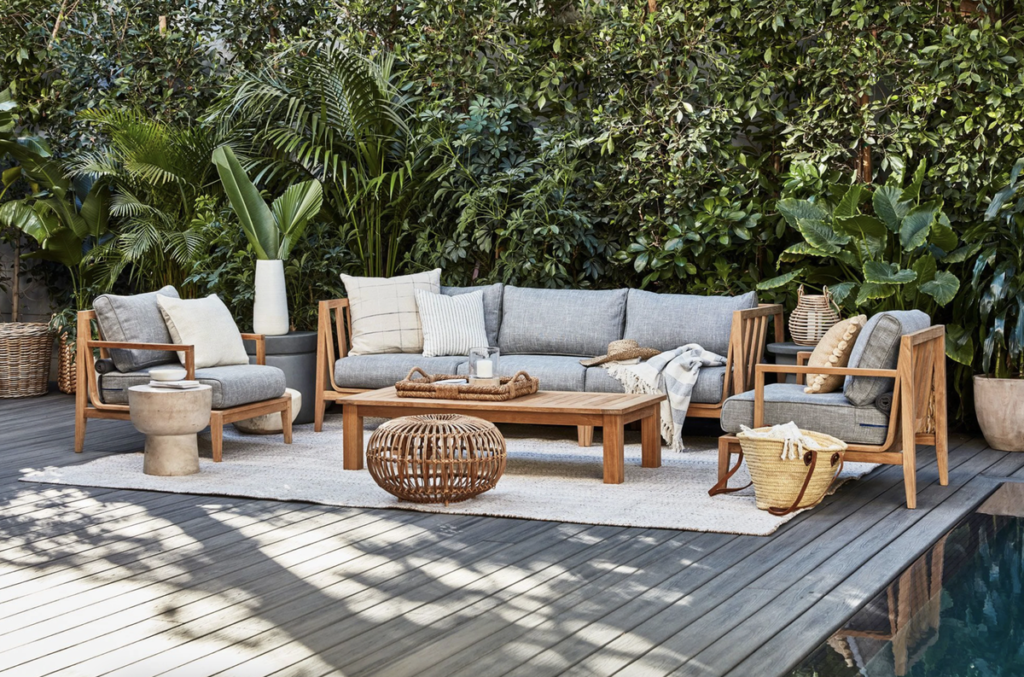What is a Patio Door?
A patio door is a type of exterior door that provides access to an outdoor space, such as a patio, deck, or garden. Patio doors typically consist of one or more panels of glass that slide or swing open to allow passage between the indoor and outdoor areas. They are designed to let natural light in, provide a view of the surrounding landscape, and create an open and inviting atmosphere.
Patio doors come in a variety of styles and designs, including sliding glass doors, French doors, and hinged doors. Sliding glass doors are a popular choice for many homeowners because they take up less space and offer a modern aesthetic. French doors, on the other hand, are a classic choice that add a touch of elegance to any home. Hinged doors are also a common option and can be designed to swing in or out, depending on the space available.
In addition to their design and style, patio doors also come with a range of additional features, such as energy efficiency, weather stripping, and wider frames for added security. Some patio doors are even designed with operable windows, casement windows, or transom windows, allowing for increased ventilation and air flow.
Ultimately, the choice of patio door will depend on the specific needs and preferences of each homeowner. Whether you are looking to maximize natural light, create an open and inviting space, or simply add a touch of style to your home, there is a patio door option to suit your needs.
What is a Sliding Glass Door?
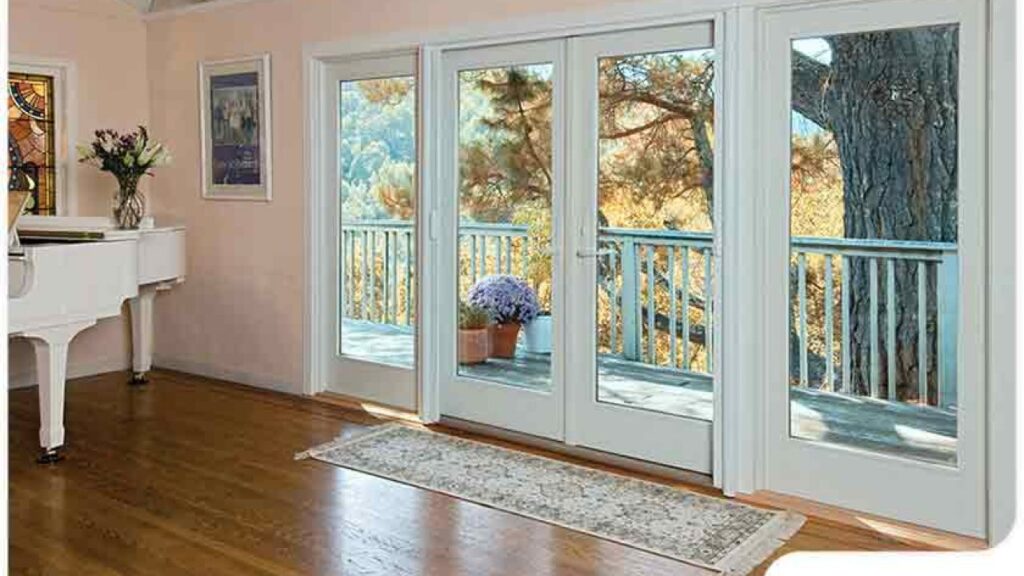
Sliding glass doors are a popular option for homeowners looking to add natural light and a modern aesthetic to their living spaces. These doors are made up of large panes of glass that slide along a track parallel to the wall, allowing for easy entry and exit to outdoor spaces.
One of the primary advantages of sliding glass doors is that they take up less space than hinged doors, making them ideal for smaller living spaces or those with limited exterior space. In addition, they can provide a wall of glass that allows for plenty of visible light to enter the room, creating a bright and open atmosphere.
Energy efficiency is also a key feature of sliding glass doors, with many models featuring multiple panes of glass and weather stripping to keep the elements from entering the home. This can help to reduce energy costs by keeping the home cooler in the summer and warmer in the winter.
From a design perspective, sliding glass doors come in a variety of styles and can be customized to suit the homeowner’s preferences. Some models feature frosted glass or multiple panes for added privacy, while others come with wider frames for added security.
Overall, sliding glass doors are a versatile and practical choice for any homeowner looking to add both style and functionality to their living space. With their energy efficiency, modern aesthetic, and ability to provide increased natural lighting and usable space, it’s no wonder why they remain a popular choice among homeowners.
Differences Between Patio Doors and Sliding Glass Doors
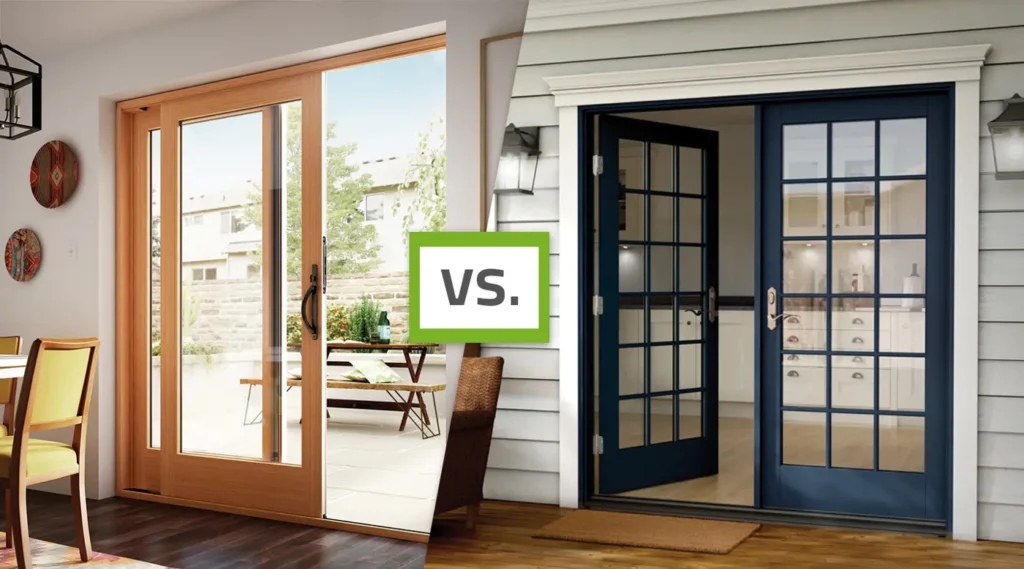
When it comes to choosing doors to access your outdoor space, there are a few options to consider. Two popular choices are patio doors and sliding glass doors. While they may seem similar at first glance, there are some key differences to be aware of.
First and foremost, patio doors typically refer to hinged doors that swing open and closed. These can be single doors or double doors and are often used as the main entryway to a backyard patio or deck area. Sliding glass doors, on the other hand, slide horizontally along a track and typically have two or more panels of glass. They are often used in living rooms or dining rooms to provide a view of the outdoor space.
One advantage of patio doors is that they offer a classic, traditional look that can complement a variety of architectural styles. They also offer the option of adding additional features like transom windows or sidelights for added natural light and a touch of elegance. Patio doors can be hinged on either side to open in or out and can be customized to open only one door at a time, making them a versatile option.
Sliding glass doors, however, are often a popular choice for their modern aesthetic. They offer a sleek, minimalist look and take up less space than hinged patio doors. This can be especially advantageous for smaller living spaces or homes with limited outdoor space. Sliding glass doors also often feature larger panes of glass which can provide more natural light and a stronger connection to the outdoors.
When it comes to energy efficiency, both patio doors and sliding glass doors can be designed to keep out the elements and reduce energy costs. Many models of both types of doors feature multiple panes of glass and weatherstripping to keep cold air out during the winter and hot air out during the summer. However, some sliding glass doors may be more difficult to seal fully due to their design, which could potentially lead to drafts.
In terms of security, both types of doors can be customized with additional features like deadbolts and security bars. Patio doors, however, may be considered slightly more secure since they are hinged and can be designed to open outward, making it more difficult for intruders to kick them in.
Ultimately, the choice between patio doors and sliding glass doors will come down to personal preference and the specific needs of your living space. Regardless of which type of door you choose, make sure to consider additional features like energy efficiency and security to ensure your home is both comfortable and safe.
Size Differences

When it comes to patio doors and sliding glass doors, size can make a big difference – both in terms of functionality and aesthetics. Here are some things to consider when choosing the size of your doors:
Living Space: One of the primary considerations in choosing the size of your doors is the size of the living space they will occupy. Sliding glass doors are often a popular choice for smaller or more compact living spaces because they take up less room while creating a sense of openness and connection to the outdoors. On the other hand, larger patio doors can be a great choice for larger living spaces, providing a grand entrance to a large patio or deck area.
Usable Space: The size of your doors can also impact the usable space in your home. For example, if you have furniture or other items in close proximity to your doors, you may want to choose smaller sliding glass doors to maximize your usable space. This can also be an important consideration if you have limited room to maneuver or if you are trying to create a compact living space.
Natural Light: The size and style of your doors can also impact the amount of natural light that enters your home. Large sliding glass doors with contemporary frames can create an incredible wall of glass, allowing for plenty of visible light and a strong connection to the outdoors. If you prefer a more traditional look, however, a double patio door with glass panels or sidelights can provide a classic touch of elegance while still allowing plenty of natural light into your home.
Energy Efficiency: Finally, the size of your doors can impact their energy efficiency. While larger doors can provide more natural light and a stronger connection to the outdoors, they can also be less efficient at retaining heat during colder months. If you live in an area with harsh winters or hot summers, it is important to choose doors that are designed to keep out the elements and reduce energy costs. This may include multi-pane glass with low-E coatings and efficient weatherstripping.
Ultimately, the size of your patio doors or sliding glass doors will depend on a variety of factors, including your living space, preferred level of natural light, and energy efficiency needs. By considering these factors and working with a knowledgeable contractor or interior design professional, you can choose doors that are both functional and aesthetically pleasing.
Aesthetic Differences
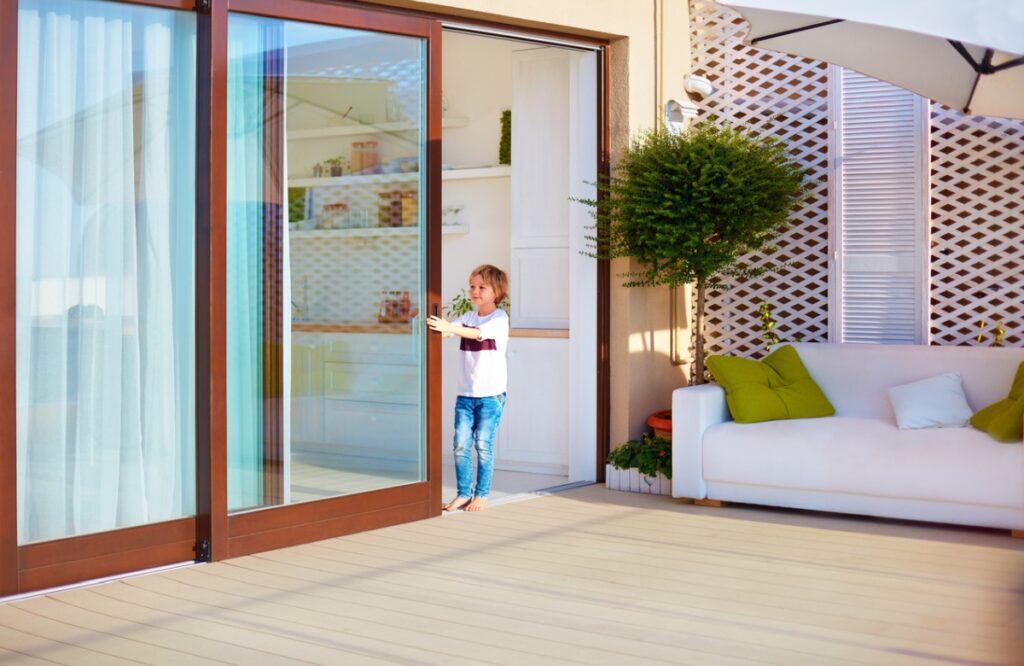
In addition to practical considerations like size and energy efficiency, many homeowners also consider the aesthetic differences between patio doors and sliding glass doors. While both options are designed to provide a strong connection between indoor and outdoor living spaces, they each have their own unique style and appearance.
One of the most notable aesthetic differences between patio doors and sliding glass doors is the frame design. Patio doors typically feature wider frames and a hinged design that swing open, similar to traditional doors. This design can provide a classic and elegant look that is well-suited to more traditional homes and architectural styles.
In contrast, sliding glass doors often feature thinner frames and a sleeker, more modern look. The sliding mechanism allows for an uninterrupted view of the outdoors and can create the illusion of a larger living space. This design is particularly popular in contemporary and minimalist homes where clean lines and simplicity are emphasized.
Another key difference is the number of panes of glass used in the doors. While both patio doors and sliding glass doors can feature multiple panes of glass, patio doors often have more than two, with some designs incorporating decorative sidelights or transom windows. This can add a touch of elegance and sophistication to the design, while also increasing the amount of natural light that enters the living space.
Sliding glass doors, in contrast, often use fewer panes of glass, with some designs featuring only one large panel of glass. This provides an unobstructed view of the outdoors and can create a sense of spaciousness that is ideal for smaller living spaces.
Ultimately, the choice between patio doors and sliding glass doors comes down to personal preference and the specific needs of your living space. Whether you prefer the classic elegance of hinged patio doors or the sleek simplicity of sliding glass doors, there is a design that can meet your aesthetic and practical needs.
Energy Efficiency Differences
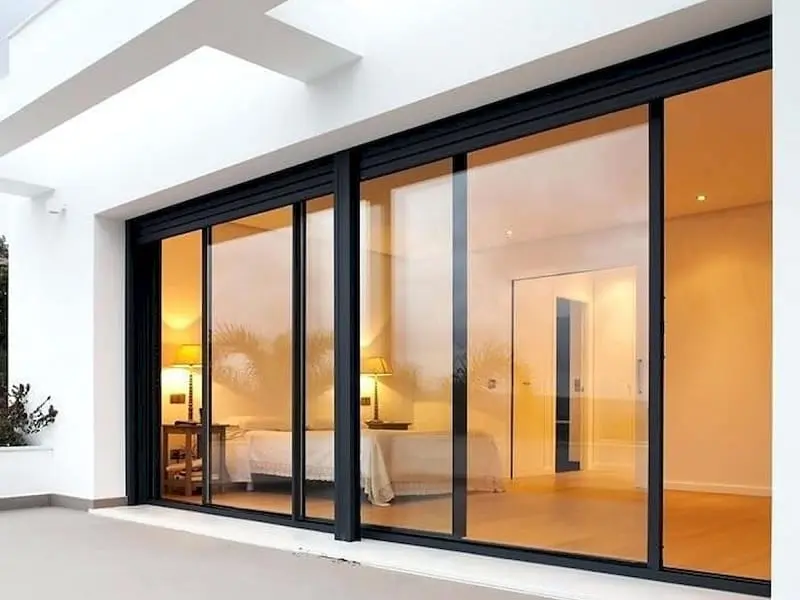
When it comes to choosing between a patio door and a sliding glass door, one important consideration is energy efficiency. In general, both types of doors can offer good insulation and help to minimize heat transfer between the interior and exterior of a home. However, there are some differences in the design of these doors that can impact their energy efficiency.
One major factor to consider is the type of glass used in the doors. Nowadays, many patio doors and sliding glass doors feature low-emissivity (low-e) glass, which is designed to reflect heat and ultraviolet rays while still allowing visible light to pass through. This can improve insulation and help to reduce energy costs by preventing excess heat from entering in the summer or escaping in the winter.
Another factor to consider is the type of frame used in the doors. Patio doors typically have thicker frames made of materials such as wood, fiberglass, or vinyl. These materials offer good thermal insulation and can help to reduce heat transfer. Sliding glass doors, on the other hand, often feature thinner frames made of aluminum or vinyl. While these materials are lightweight and easy to operate, they may not provide as much insulation as thicker frames.
In addition to the glass and frame design, there are other features that can impact the energy efficiency of patio doors and sliding glass doors. For example, weather stripping is important for preventing drafts and air leaks around the edges of the door. Some manufacturers offer additional features such as multi-point locking systems, which can help to improve insulation and prevent air infiltration.
Ultimately, both patio doors and sliding glass doors can offer good energy efficiency when properly installed and maintained. However, it’s important to consider factors such as the type of glass, frame, and weather stripping when choosing between these options. Homeowners should also look for models with ENERGY STAR certification, which indicates that the door meets specific energy efficiency standards set by the EPA. By choosing an energy-efficient patio door or sliding glass door, homeowners can enjoy a more comfortable living space and save money on their energy bills.
Operability Differences
When it comes to choosing between patio doors and sliding glass doors, one important factor to consider is the operability of the door. This refers to the way in which the door opens and closes, and can impact both the functionality and aesthetic of the door.
Patio doors, also known as hinged doors, operate similarly to traditional interior doors. They feature one or two panels that swing open from hinges on the sides of the frame. This type of door provides a classic look and can create a grand entrance to your outdoor space. Additionally, hinged patio doors can be a great option if you want a wider opening, as they typically offer a larger opening than sliding glass doors.
Sliding glass doors, on the other hand, feature panels that slide on tracks along the bottom and top of the frame. This allows for a smooth and easy opening and closing motion, making them a popular choice for homeowners who want a door that is easy to operate. Sliding glass doors are also a space saver, as they don’t require any clearance space to open or close, making them a good option for smaller outdoor spaces.
Another operability difference to consider is the number of panels on the door. Patio doors typically have one or two large panels that swing open, while sliding glass doors can feature multiple panels that slide on parallel tracks. Multi-slide patio doors, for example, can feature up to eight panels that slide and stack to create a completely open space. This design allows for a seamless transition between indoor and outdoor living spaces.
In terms of style and design, hinged patio doors can provide a more classic and traditional look, while sliding glass doors have a more modern aesthetic. Additionally, sliding glass doors often feature larger panes of glass, creating a wall of glass effect that allows for maximum natural light and visible light.
Ultimately, the decision between patio doors and sliding glass doors will depend on your individual needs and preferences. Consider the operability, style, and design of each option to determine which will work best for your outdoor space.
Security Differences
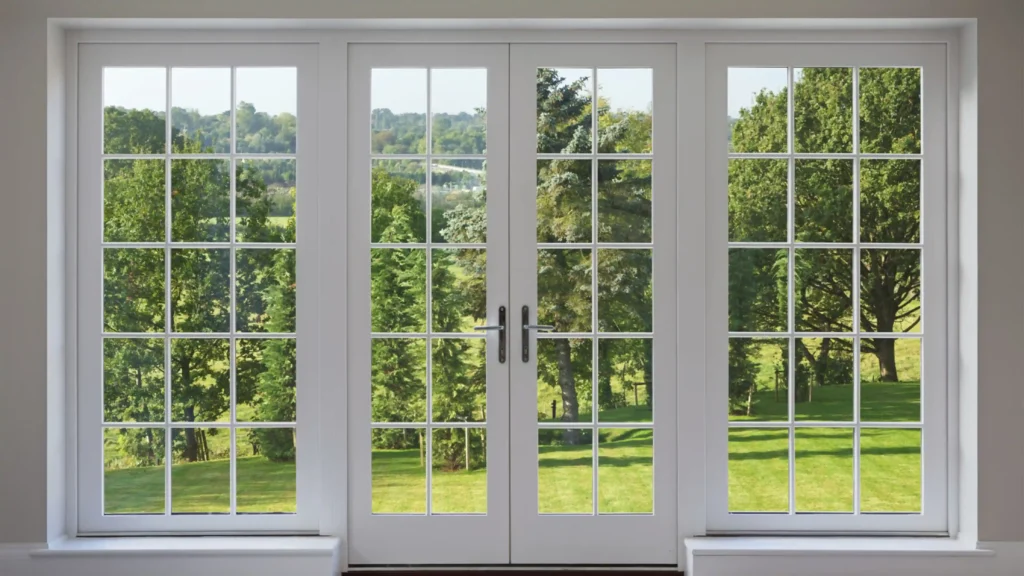
When it comes to choosing between a patio door and a sliding glass door, security is an important factor to consider. While both types of doors can provide a functional and stylish way to access your outdoor space, they each have different security features.
Hinged patio doors, also known as French doors, often come with a multi-point locking system. This means that they have a variety of locking points along the frame, providing additional security against forced entry. Additionally, hinged patio doors can be made with thicker frames and tempered glass for added strength.
On the other hand, sliding glass doors can have a single lock in the center of the frame, making them more vulnerable to break-ins. However, there are options for adding additional security measures to sliding glass doors, such as a security bar or sliding door lock. It’s important to ensure that any additional security features installed do not impede the door’s functionality and can be quickly and easily removed in case of emergency.
Another security consideration is the placement of the door. If the door is visible from the street, it can be more vulnerable to break-ins. Additionally, doors that are accessed from a lower level can be easier for intruders to access. It’s important to keep these factors in mind when choosing a door and to consider adding extra security measures such as motion sensor lights or security cameras.
Ultimately, both hinged patio doors and sliding glass doors can provide a secure option for accessing your outdoor space. It’s important to choose a door with strong, durable materials and consider any additional security features that may be needed to ensure maximum protection for your home.
Types of Patio Doors and Sliding Glass Doors
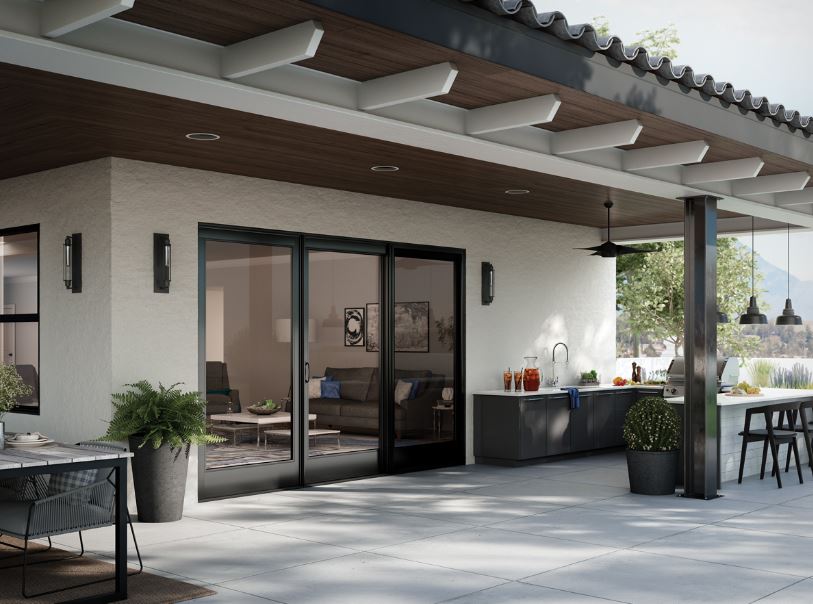
When it comes to choosing a patio door or a sliding glass door for your outdoor living space, there are many options to consider. Each type of door has its own unique features and benefits, making it important to choose the one that best suits your needs and preferences. Here are some of the most common types of patio doors and sliding glass doors available:
Hinged Patio Doors: Also known as French Doors, hinged patio doors swing inward or outward on hinges. They are often made with larger panes of glass, allowing for plenty of natural light to flow into your living space. Hinged patio doors can come in single or double door configurations and can be customized with various frame materials and finishes.
Sliding Glass Doors: Sliding glass doors, also known as bypass doors, are a popular choice for their space-saving design. These doors slide open and closed on tracks, allowing for easy access to your outdoor living space without taking up any additional square footage. Sliding glass doors are often made with multiple panels of glass, making it possible to create a “wall of glass” effect that floods your living space with light.
Multi-Panel Doors: Similar to sliding glass doors, multi-panel doors or multi-slide doors are a great option for those who want to maximize their outdoor living space. These doors feature multiple panels that can slide open and stack to one side, creating a wide opening that seamlessly integrates your indoor and outdoor living areas. Multi-panel doors can be made with various materials, including wood, fiberglass, and aluminum, and can be customized with various finishes and hardware options.
Bifold Patio Doors: Bifold patio doors are a versatile option for those who want to create a wide opening to their outdoor living space. These doors feature multiple panels that fold up like an accordion, allowing for a completely unobstructed view of your outdoor surroundings. Bifold patio doors can be made with various materials and finishes, and can come in a variety of panel configurations depending on your specific needs.
No matter which type of patio door or sliding glass door you choose, there are also additional features to consider. For example, many doors come with energy-efficient options, such as low-E glass or weather stripping, to help keep your home comfortable and your energy bills low. Additionally, certain styles of doors can add a modern aesthetic to your home, while others offer a classic, timeless look. Whatever your preferences, there is sure to be a type of patio door or sliding glass door that meets your needs and perfectly complements your outdoor living space.
French Doors
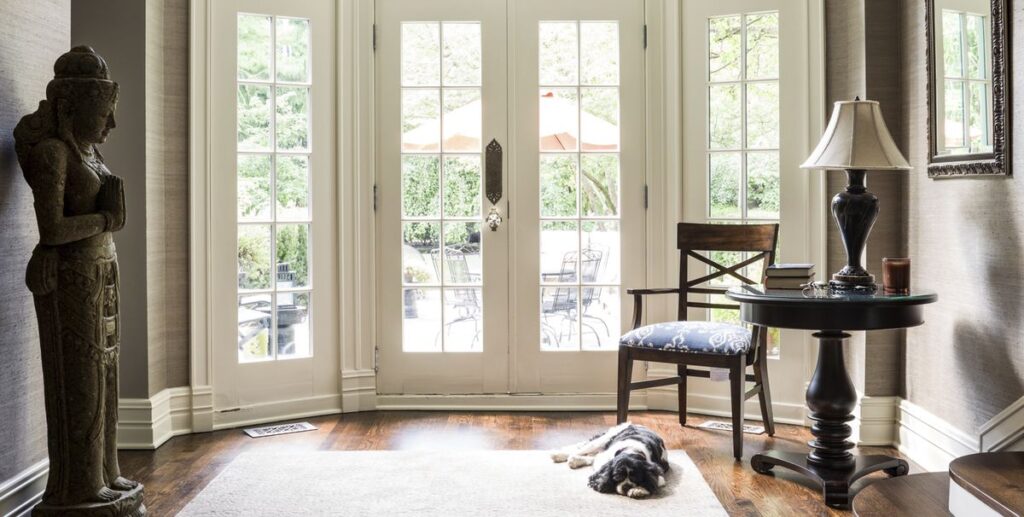
French doors are a classic choice for any homeowner who wants to add elegance and charm to their living space. These doors, often made with larger panes of glass, allow plenty of natural light to flood into your home, creating a bright and airy atmosphere. French doors are also known for their energy efficiency, especially when combined with weather stripping and energy-efficient glass.
One of the great things about French doors is that they come in a variety of styles, allowing you to choose a design that complements the aesthetic of your home. Whether you prefer a traditional look or something more modern, there is a French-style door for you. You can choose from a variety of frame materials and finishes, including wood, fiberglass, and aluminum.
In addition to their appealing style, French doors are also a practical choice for homeowners. They can swing inward or outward on hinges, making them an operable door that provides easy access to your outdoor space. This is especially useful if you’re hosting a party or simply want to enjoy the fresh air and sunshine.
Another benefit of French doors is that they offer a wider frame than sliding glass doors, making them a popular choice for those who need a larger opening or have limited space. They also have the ability to be customized with additional features such as transom windows or casement windows, which can provide even more natural light and ventilation.
If you’re looking to enhance your exterior space and create a seamless transition between your indoor and outdoor living areas, French doors are an excellent choice. They offer a timeless design that can increase the value of your home while providing practical functionality that will benefit you for years to come. Consider them for your next remodeling or construction project.

